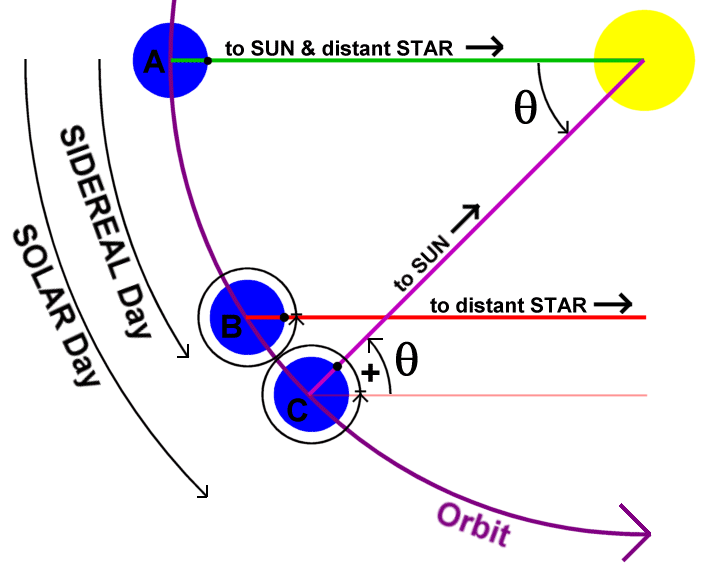So tonight (12th August 2016) is one of the peak nights of the Perseid Meteor Shower and while it is happening uniformly day and night at the moment you can only see them when it gets dark. Usually starting from about 11pm you can see a few and it builds to a peak from 3-5am.
This is a good point to define some terms which are commonly misused:
- Asteroid- Orbits a star, mostly made out of rock.
- Comet- A big haze of stuff (ice, small rocks and dust) that all travels around together. Goes around the sun in a really stretched out orbit and tends to get a lot more hazy when it gets close to the sun and then more solid as it gets further away. Often, but not always, seen with tail.
- Meteoroid- Much smaller than the above. Vague term used for bits of rock in space.
- Meteor- A Piece of rock which has entered the Earth's atmosphere.
- Meteorite- A Meteor which has landed on Earth.
The ones we care about for this article are comet and meteor. 1 Astronomical Unit (AU) is the average distance between the Earth and the Sun. The comet Swift-Tuttle varies between just closer to the sun than us (and all humans so far in history) at 0.96 AU to a massive 51.23 AU. This is a really eccentric orbit and it takes just over 130 years to complete this journey.
Now although comets aren't very big (this one is about the same length as Hereford to Ledbury) they are messy beasts and in its wake it leaves a trail of ice and rock. These remain in a big ellipse (ish) in space.
Every year, by definition, we go around the Sun and during some of the summer we are passing through that patch of space full of this litter. As we get close enough our gravity becomes effective at pulling some of this debris into our atmosphere where they turn from meteoroids into meteors. As they burn up in the upper atmosphere we see trails of light. They don't get very far; nowhere close to actually reaching the Earth, but they are numerous. You can see at least one a minute during this peak as we go through the middle of the trail, but some stragglers which have gone off course will still be visible for the next couple of weeks.
Every time the Swift-Tuttle goes past it restocks this trail and we get better Meteor Showers. This last happened in 1992 and won't happen again until 2126 when I and all of you will be dead. So I'm afraid the Showers are just going to get worse over our lifetime. But the 2126 flyby is going to get so closer to us that it will be visible (and very bright) to the naked eye. Get working on curing aging please.
The meteors themselves will look like they originate in the sky just in front of the constellation Perseus which gives them their name. But if in doubt just look North. There are lots of apps that exist on smart phones which will give you an overlay of the constellations.
Have fun; I've made a point to see them for the last few years and I think they are wonderful.




